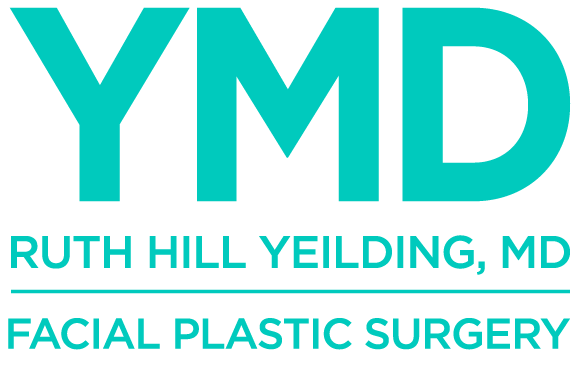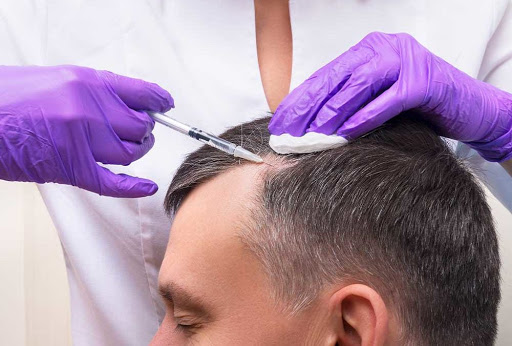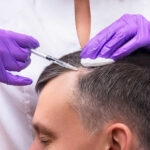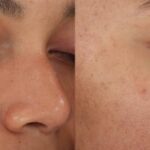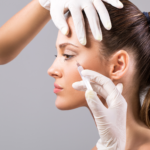Here’s What the Science Says
Let’s face it—hair loss can be emotionally exhausting. Whether it’s a receding hairline, thinning strands, or sudden patches, the impact hits hard. And while the market is flooded with shampoos, pills, and serums making tall promises, there’s a new player in the game that’s creating real buzz in medical circles: Exosomes.
But what are exosomes? How do they work for hair loss? And most importantly, do they really deliver results?
What Are Exosomes?
Imagine tiny messengers zipping through your body carrying critical instructions. That’s what exosomes are. They’re nano-sized extracellular vesicles (30-150 nm) released by cells, especially stem cells. Inside, they carry proteins, lipids, RNA, and growth factors—the bioactive cargo that helps one cell “talk” to another.
Think of them as your body’s FedEx system for healing and repair. And guess what? Researchers have discovered that these little parcels can wake up sleeping hair follicles and even kickstart new hair growth.
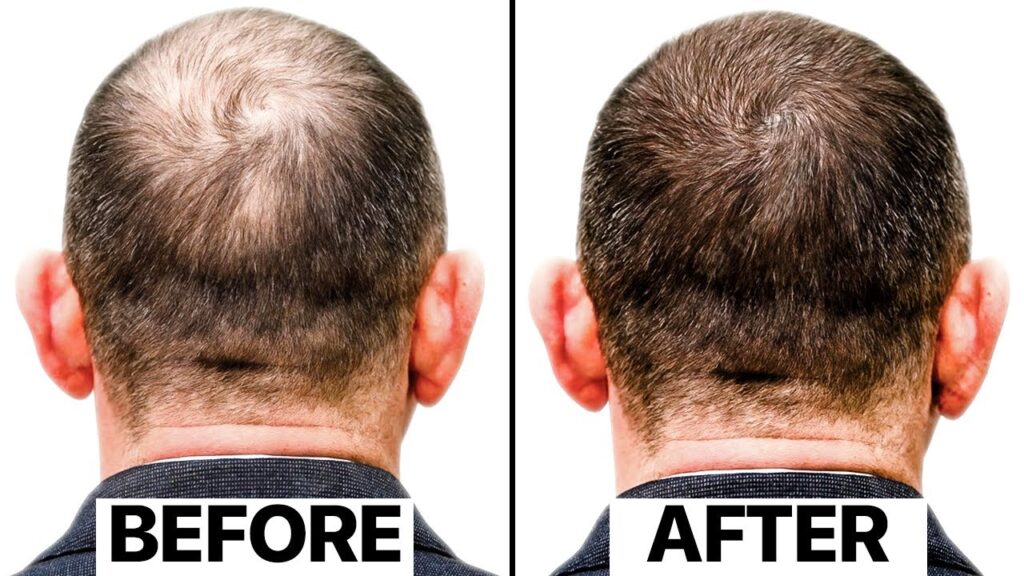
How Do Exosomes Help With Hair Loss? The Mechanisms That Matter
Let’s look at the fascinating ways exosomes work their magic when it comes to hair regrowth.
Paracrine Signaling – The ‘Messenger Effect’
Stem cell-derived exosomes act like local messengers. They don’t become new hair cells themselves—but they tell your body how to fix the problem. They deliver growth factors, genetic material, and cytokines directly to damaged or dormant hair follicles. This promotes regeneration and growth at the cellular level.
Anti-Inflammatory Power
Inflammation around hair follicles is one of the sneaky causes of hair loss, especially in conditions like androgenetic alopecia. Exosomes carry anti-inflammatory molecules and miRNAs that help calm down the area and create a healthy environment for hair to grow.
Improved Blood Flow with Angiogenesis
Ever heard the phrase “your hair needs food”? That’s only possible if it has a strong blood supply. Exosomes carry VEGF (vascular endothelial growth factor), which helps create new blood vessels. More blood flow = more oxygen + nutrients = stronger hair.
Stimulating Hair Follicle Stem Cells
Exosomes can activate dermal papilla cells (DPCs) and hair follicle stem cells, which are crucial for initiating and maintaining the hair growth cycle. When these cells are “on,” your follicles can shift back into the anagen (growth) phase.
What Do the Studies Say? Real Research, Real Results
Preclinical Studies (Lab + Animal Research)
In Vitro Studies (Lab Dishes, Not People Yet)
- Study Highlight: Human dermal papilla cells were treated with exosomes from mesenchymal stem cells.
- Results: Increased cell growth, migration, and higher production of growth factors like VEGF and IGF-1. These are directly linked to hair growth.
Animal Models (Mostly Mice)
- Study Highlight: Mice with androgenetic alopecia were injected with exosomes from adipose-derived stem cells.
- Results: Thicker, longer, and denser hair grew back compared to untreated mice. Promising much?
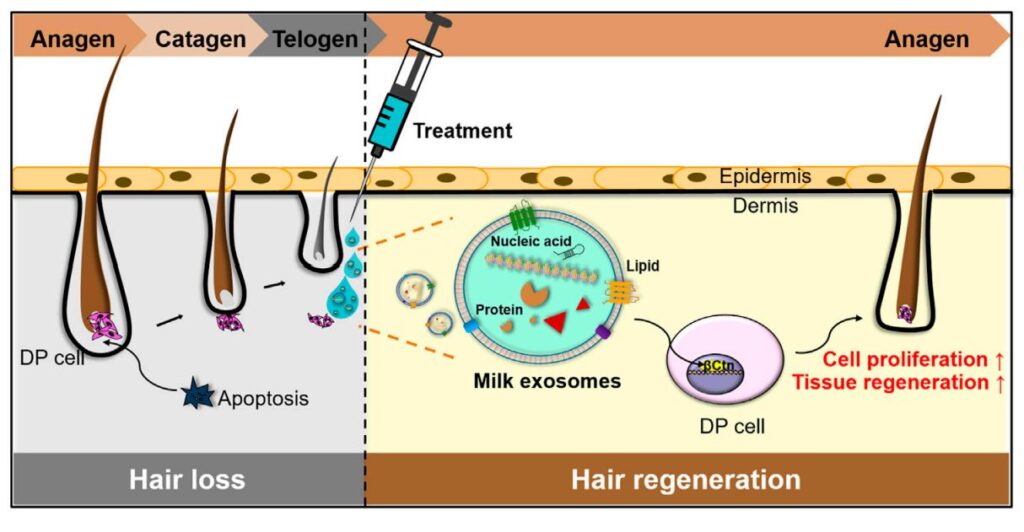
What About Humans? Clinical Studies Are Underway
Pilot Human Trial
- What They Did: Patients with pattern hair loss received scalp injections of exosomes from mesenchymal stem cells.
- What Happened: Within weeks, participants noticed increased hair thickness and density. Bonus? No serious side effects were reported.
Randomized Controlled Trials (RCTs)
- These are still ongoing—but they’re the gold standard of research. They’re expected to confirm the hair regrowth effects, help refine treatment doses, and prove the long-term safety of exosome therapy.
What’s Going on Inside? The Science Behind the Scenes
Wnt/β-Catenin Pathway Activation
This is the holy grail pathway when it comes to hair follicle development. Exosomes stimulate it, leading to better follicle formation and activation.
PI3K/Akt Signaling Boost
This helps cells survive and multiply, which is crucial for new hair to grow.
Suppression of TGF-β (The Hair Loss Villain)
TGF-β is a molecule that pushes hair follicles into the “resting” or even “dying” phase. Exosomes help suppress this pathway, giving hair a longer growth phase.

Why People Are Loving Exosome Therapy?
Let’s talk about why exosomes are quickly becoming the next-gen treatment for hair loss.
| Benefit | Why It Matters |
| Minimally Invasive | No need for painful surgery or long recovery times—just simple scalp injections. |
| Natural & Safe | Exosomes are cell-derived and biocompatible, which reduces the risk of allergic or immune reactions. |
| Targeted Therapy | Unlike oral medications, exosomes deliver healing molecules directly to the source—your hair follicles. |
| Stimulates Natural Growth | It’s not artificial—it just helps your body do what it was meant to do. |
The Challenges Ahead: What Still Needs Work
While the future looks bright, exosome therapy isn’t 100% perfect yet. Here are a few things researchers and clinicians are still ironing out:
Standardization
There’s no universal formula for how exosomes should be isolated or dosed. That makes comparing treatments tricky.
Long-Term Research Needed
Most clinical results are early-stage. We need longer-term studies to see how well the results last over years.
Regulatory Green Light
Before it becomes widely available, exosome therapy must pass strict regulatory hurdles to prove it’s safe and effective for everyone.
So, Should You Try It?
If you’re tired of trying products that promise the moon and deliver almost nothing—exosomes might be worth exploring. They’re backed by science, show real biological effects, and are increasingly offered at reputable dermatology and aesthetic clinics.
That said, consult a board-certified dermatologist or hair specialist first. Exosome therapy might not be suitable for everyone, especially those with certain medical conditions or allergies.
Exosomes—Tiny But Mighty
To wrap it up:
“Exosomes don’t just treat symptoms—they change the environment your hair grows in.”
That’s the game-changer here. They work at the cellular level, reviving dormant follicles, improving blood flow, calming inflammation, and activating growth cycles—all with a treatment that’s safe, natural, and minimally invasive.
If you’re looking for the next-level solution for hair loss, exosomes are absolutely worth watching (or trying!).
Over to You!
Would you try exosome therapy for hair loss? Or have you already done it? Share your experience in the comments below or drop your questions—we love hearing from you!
